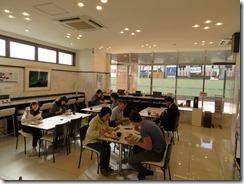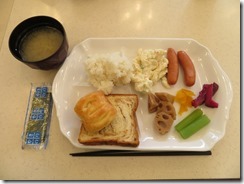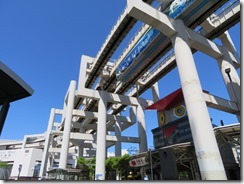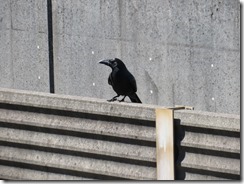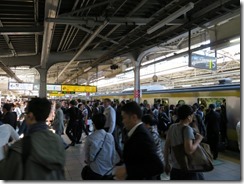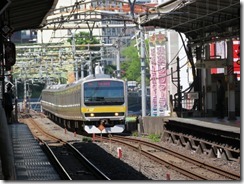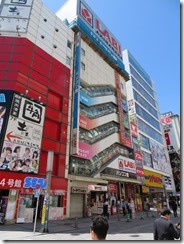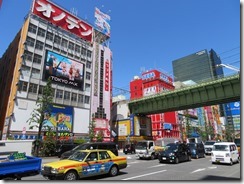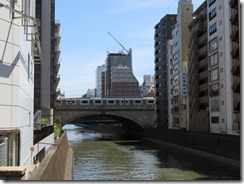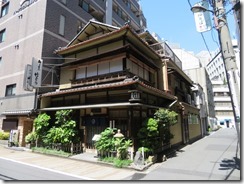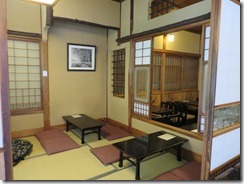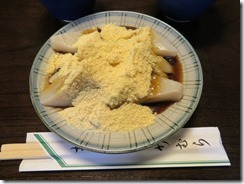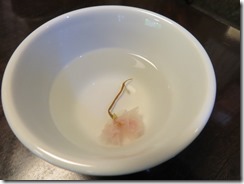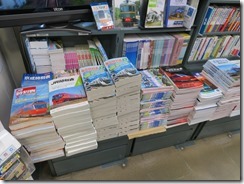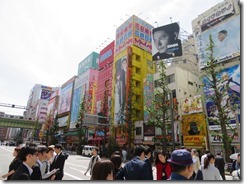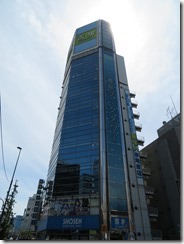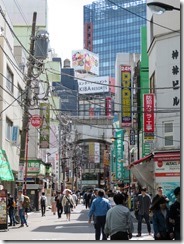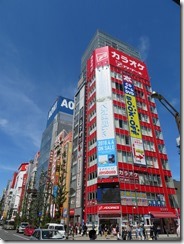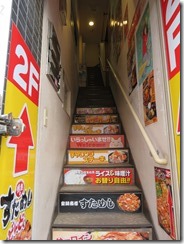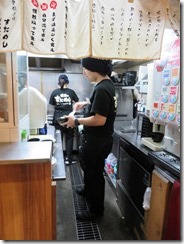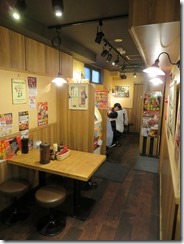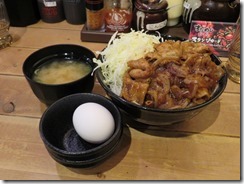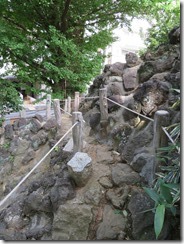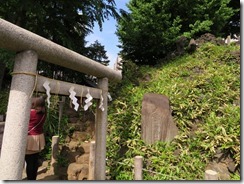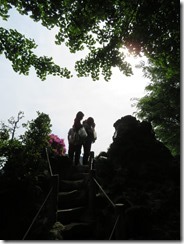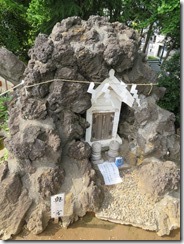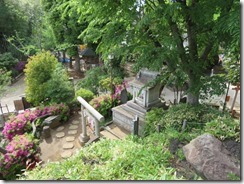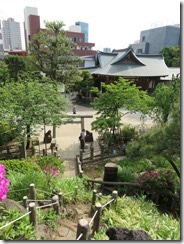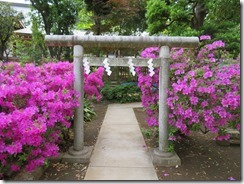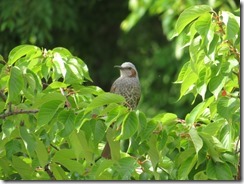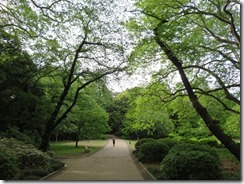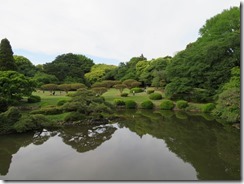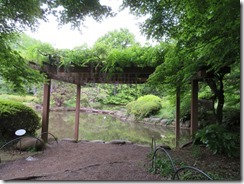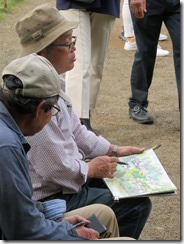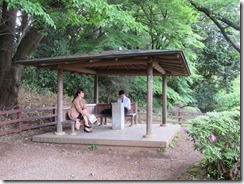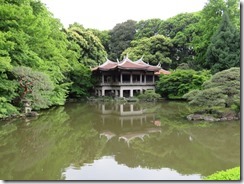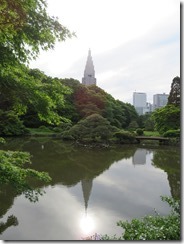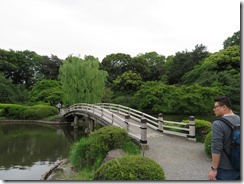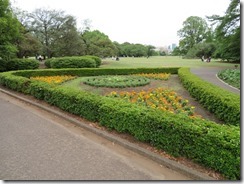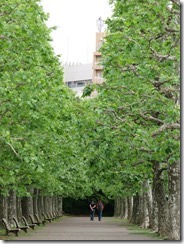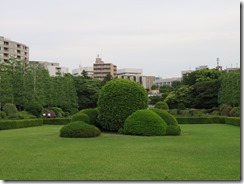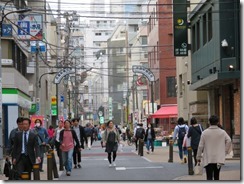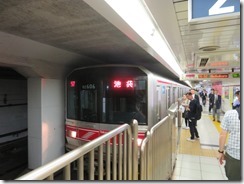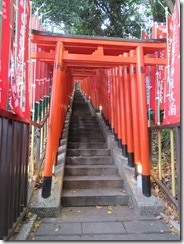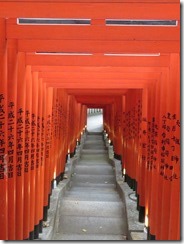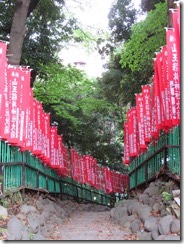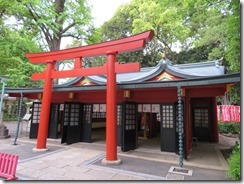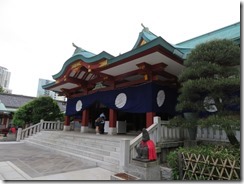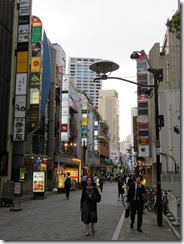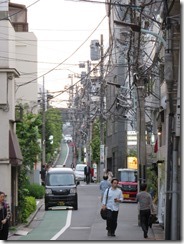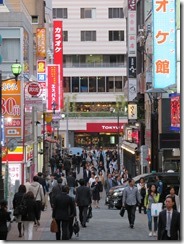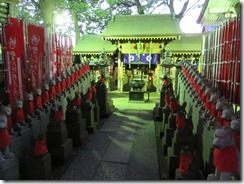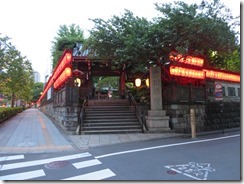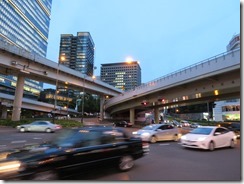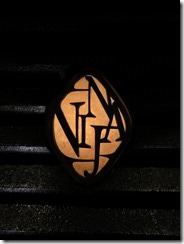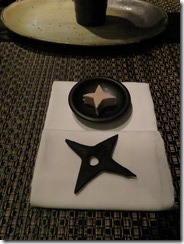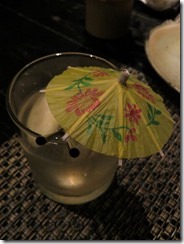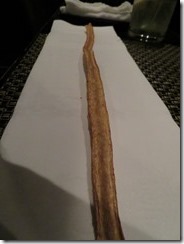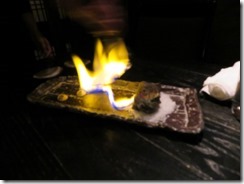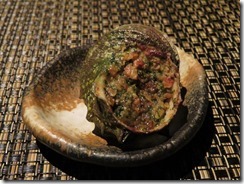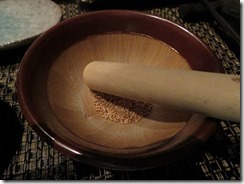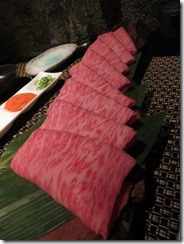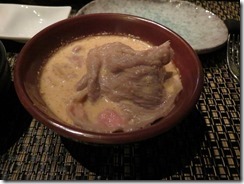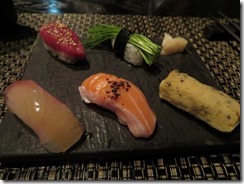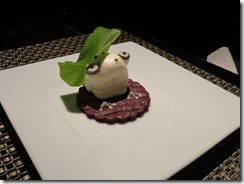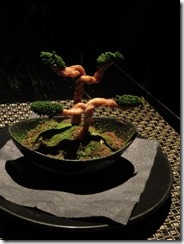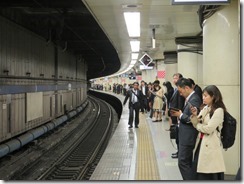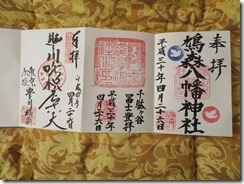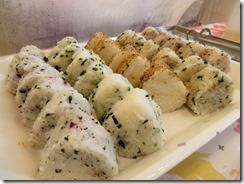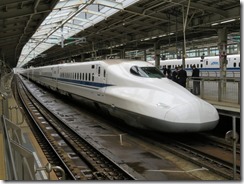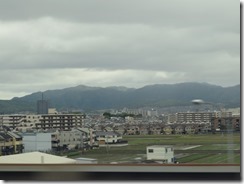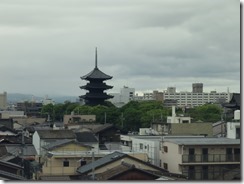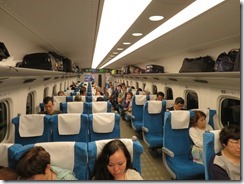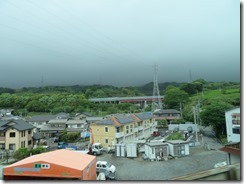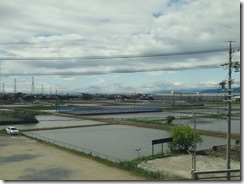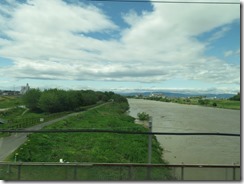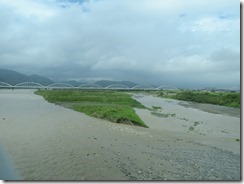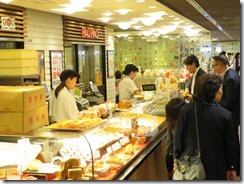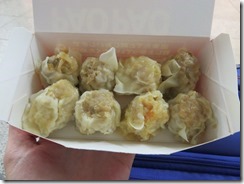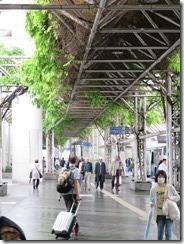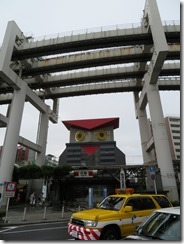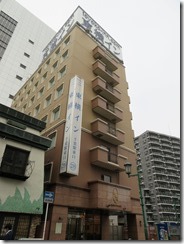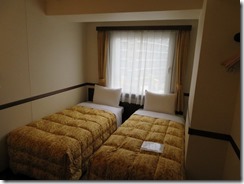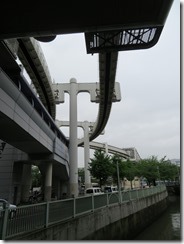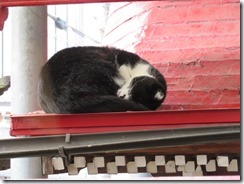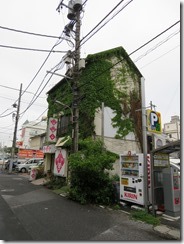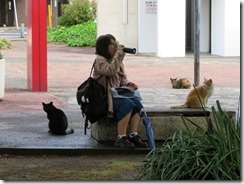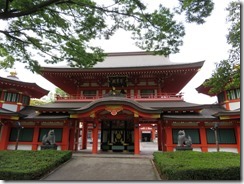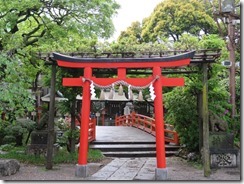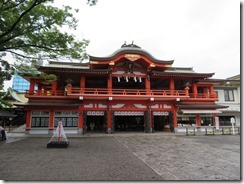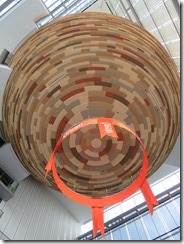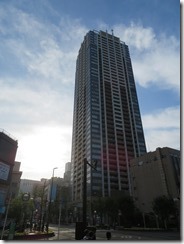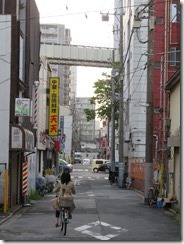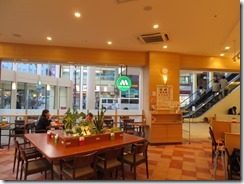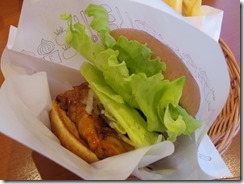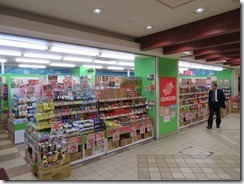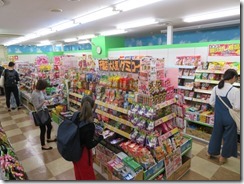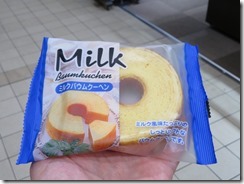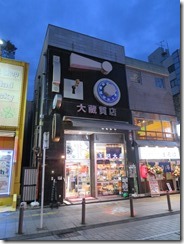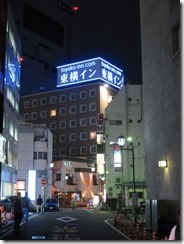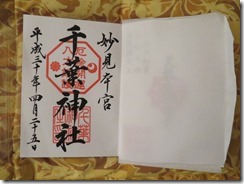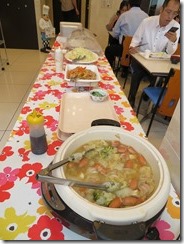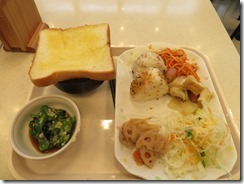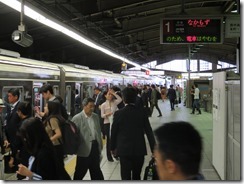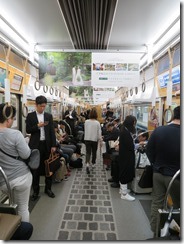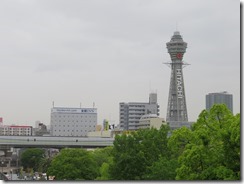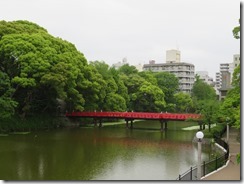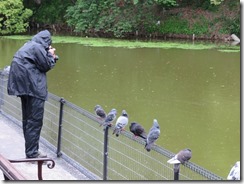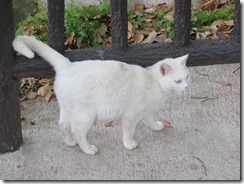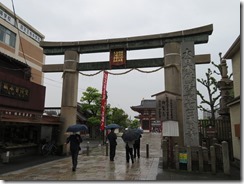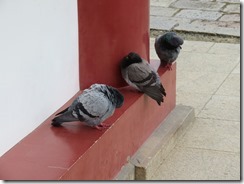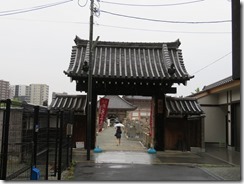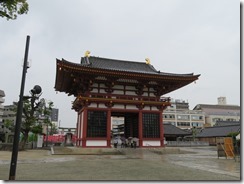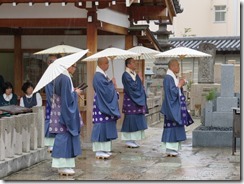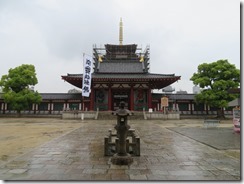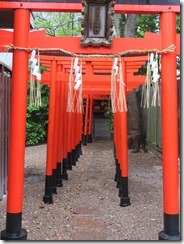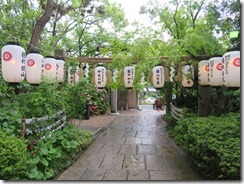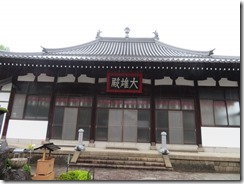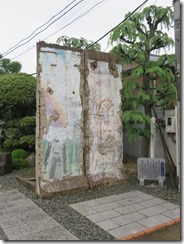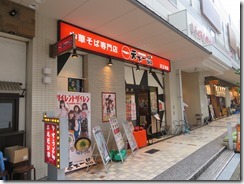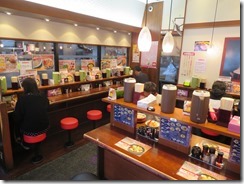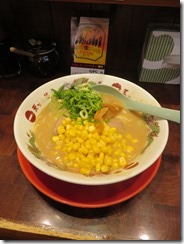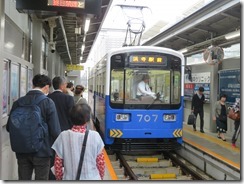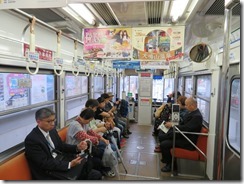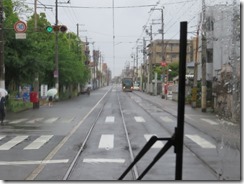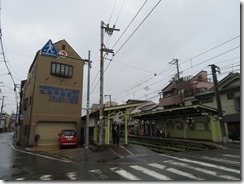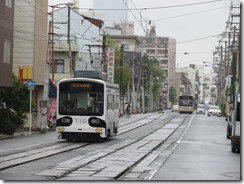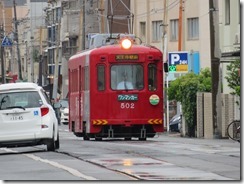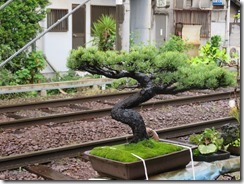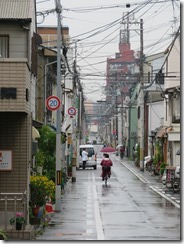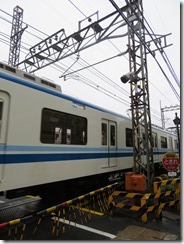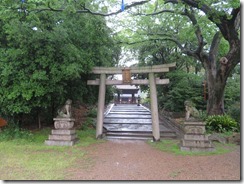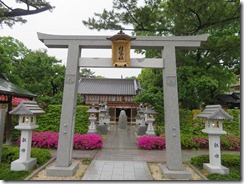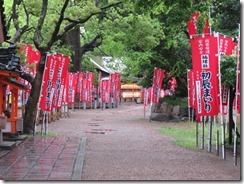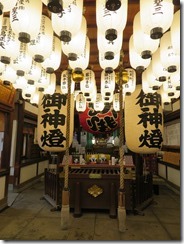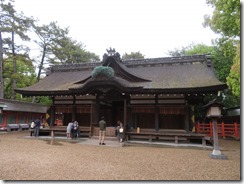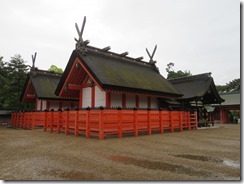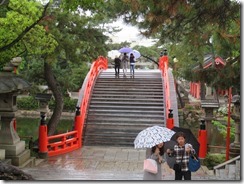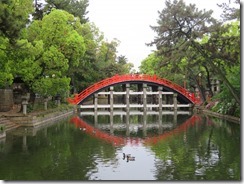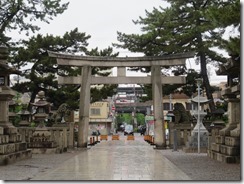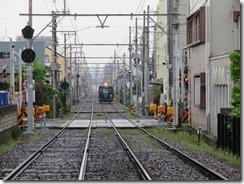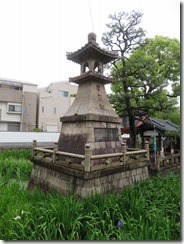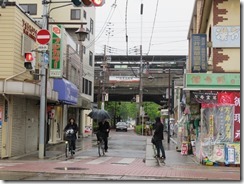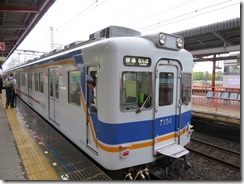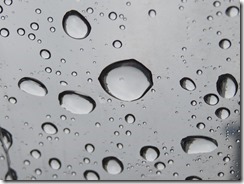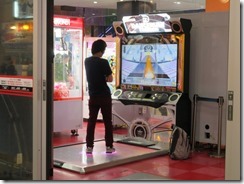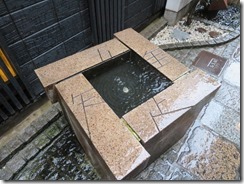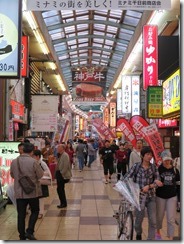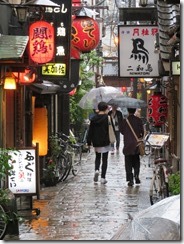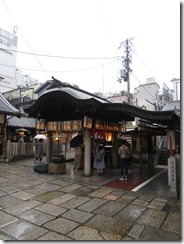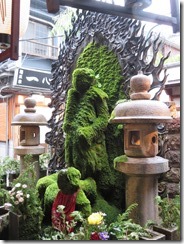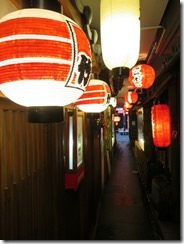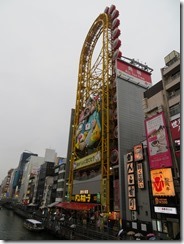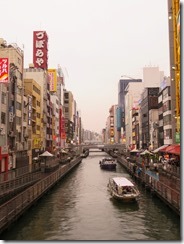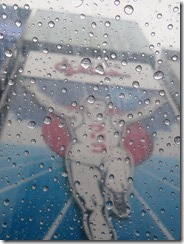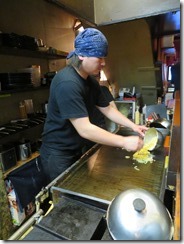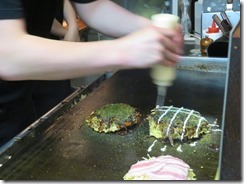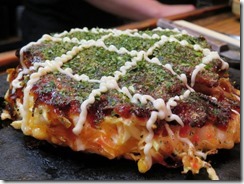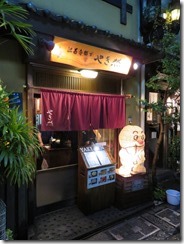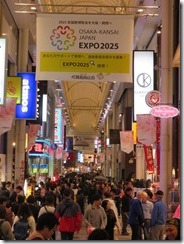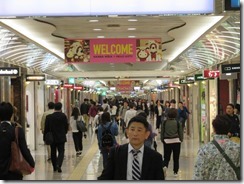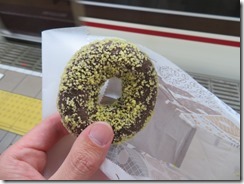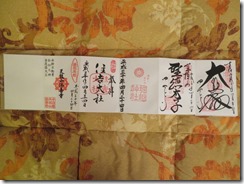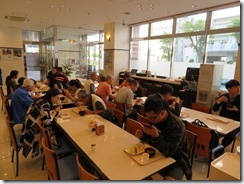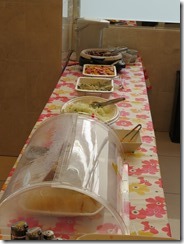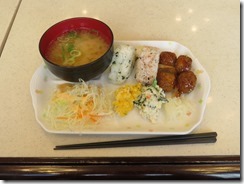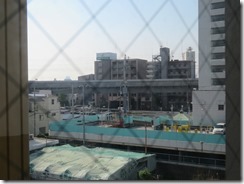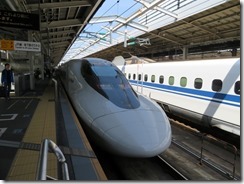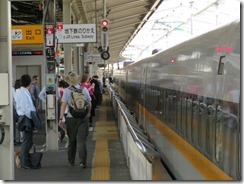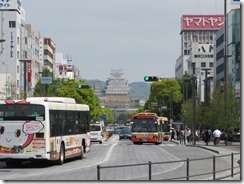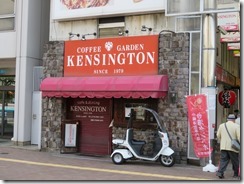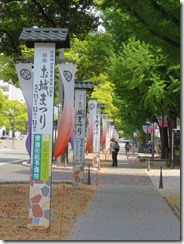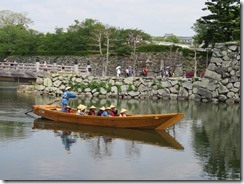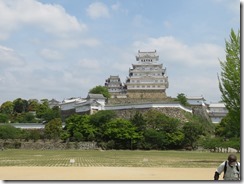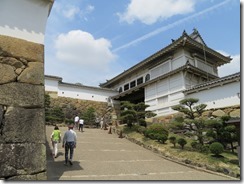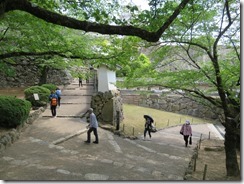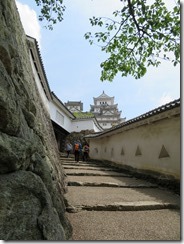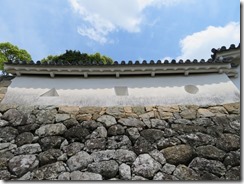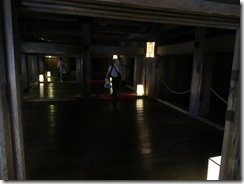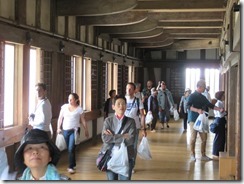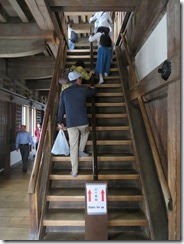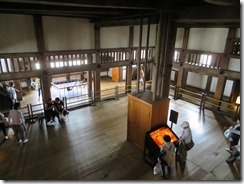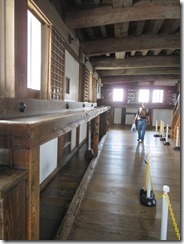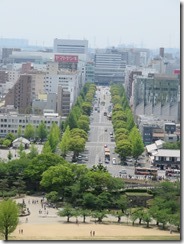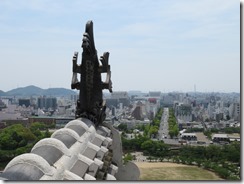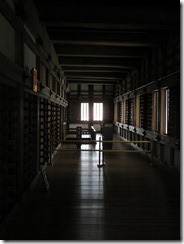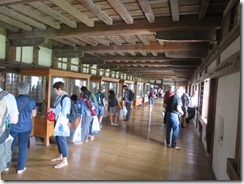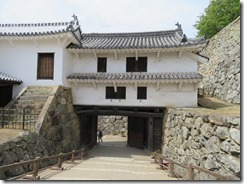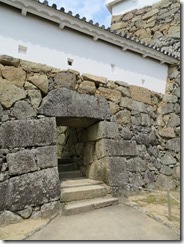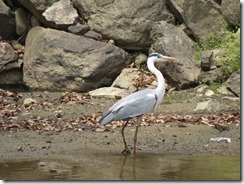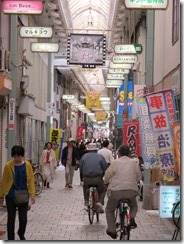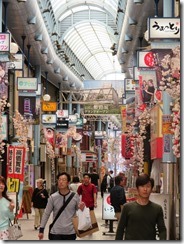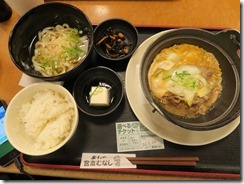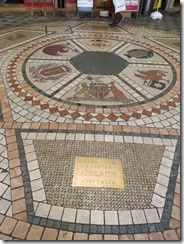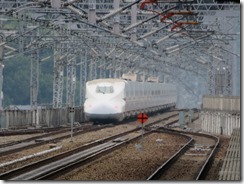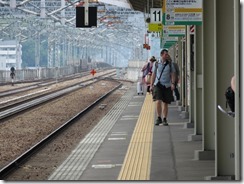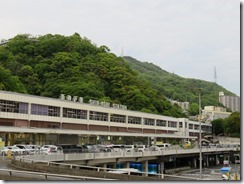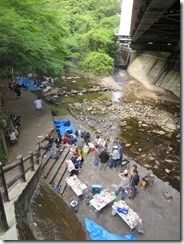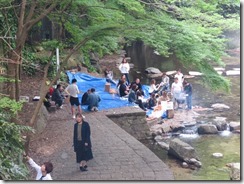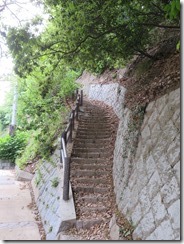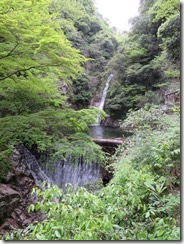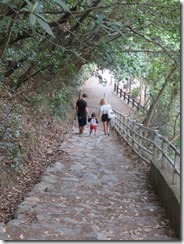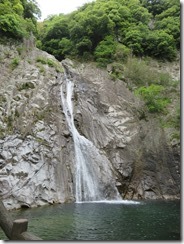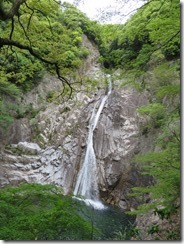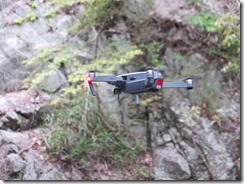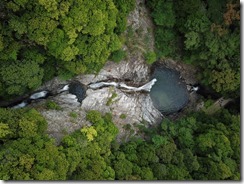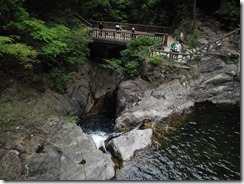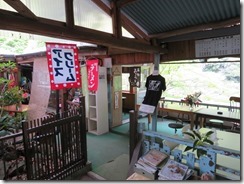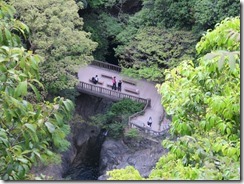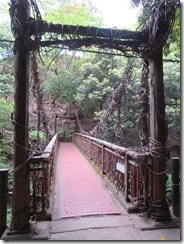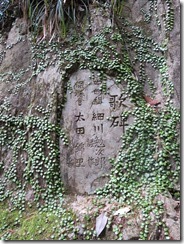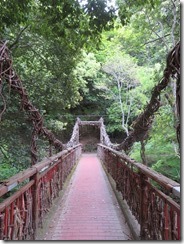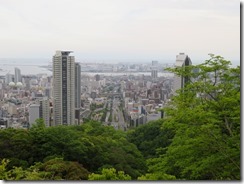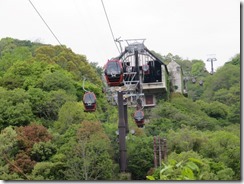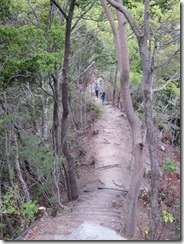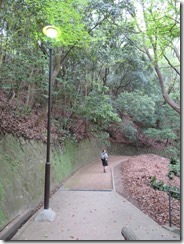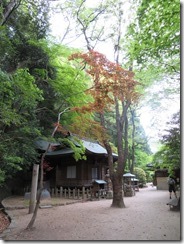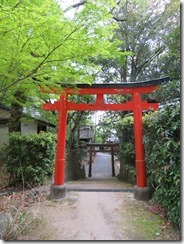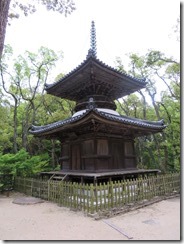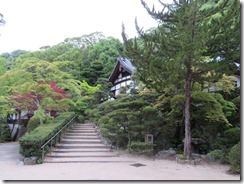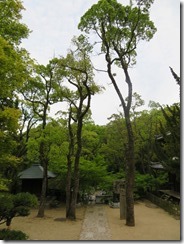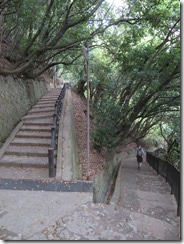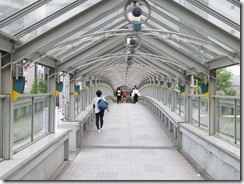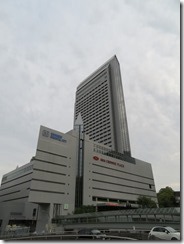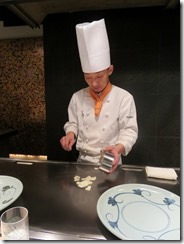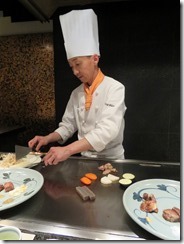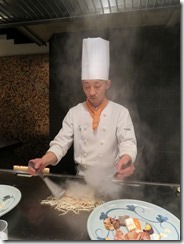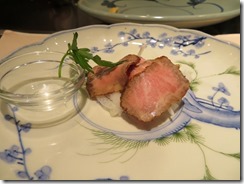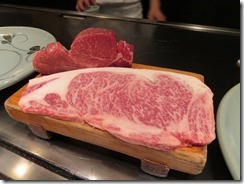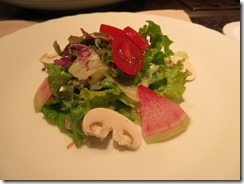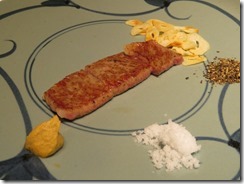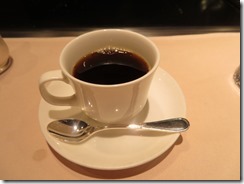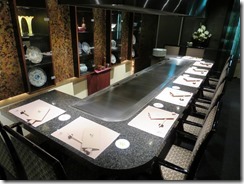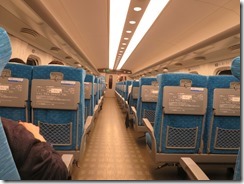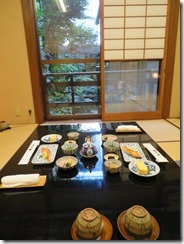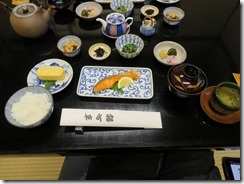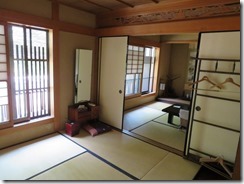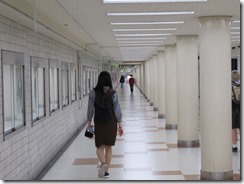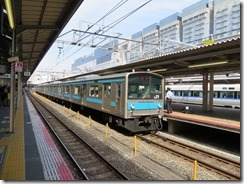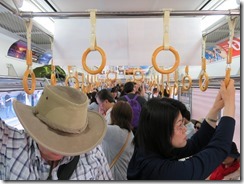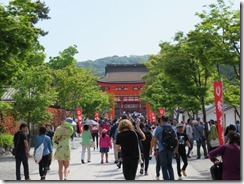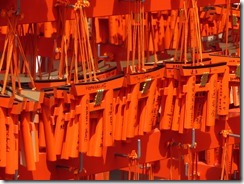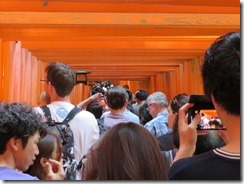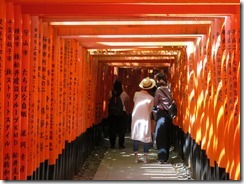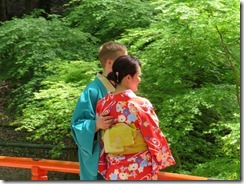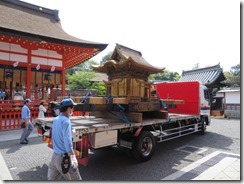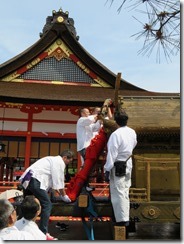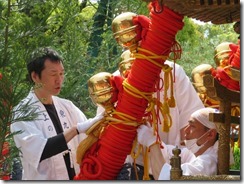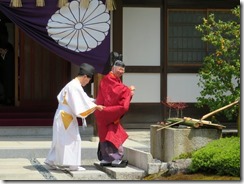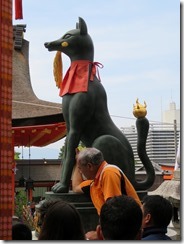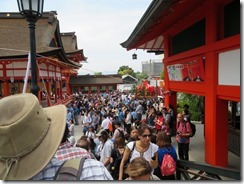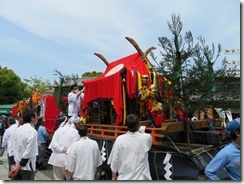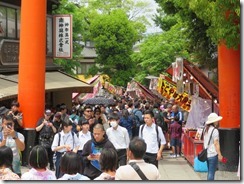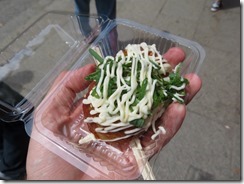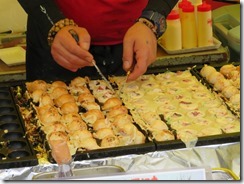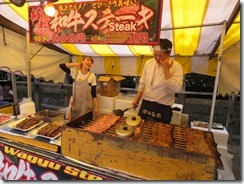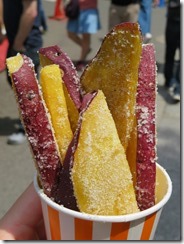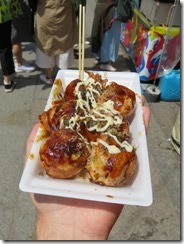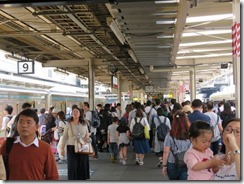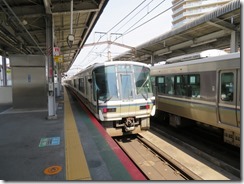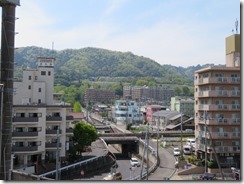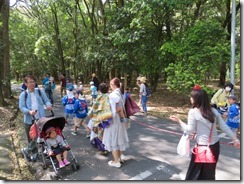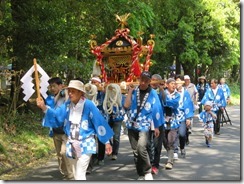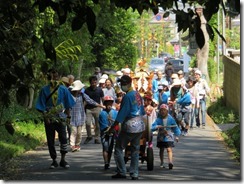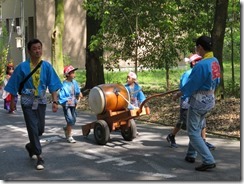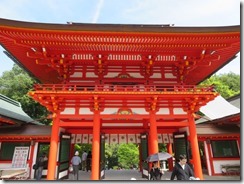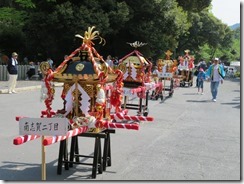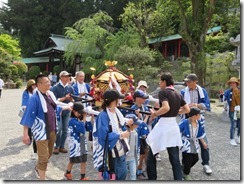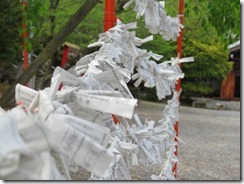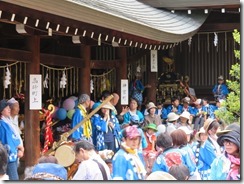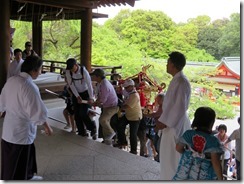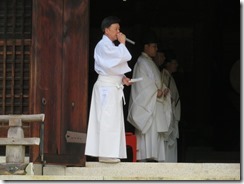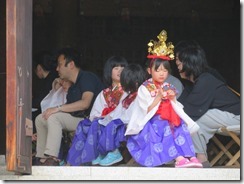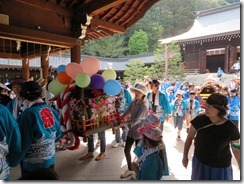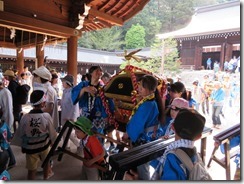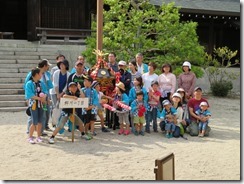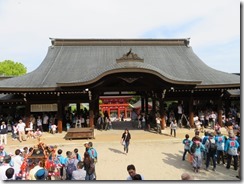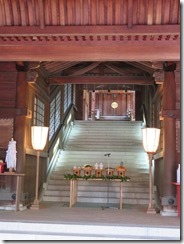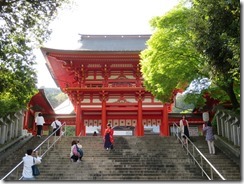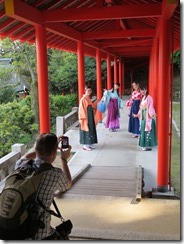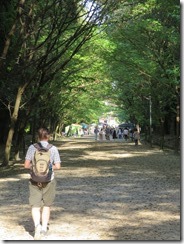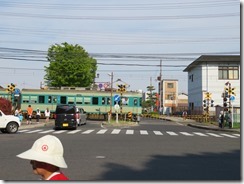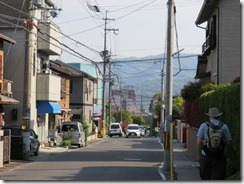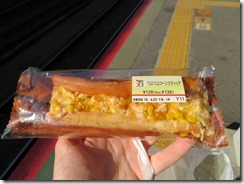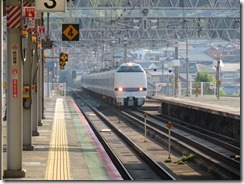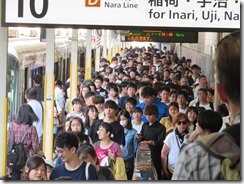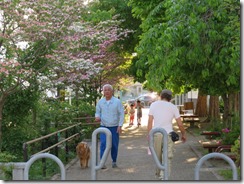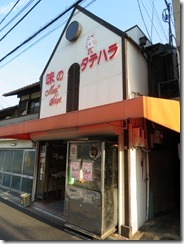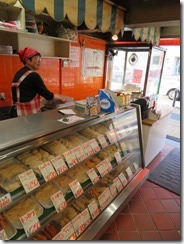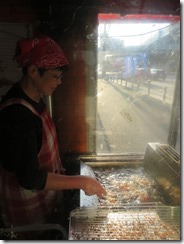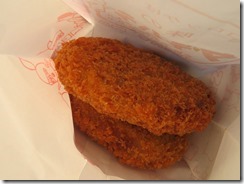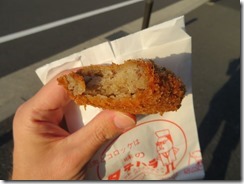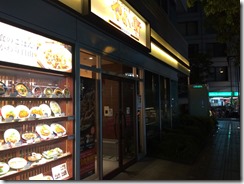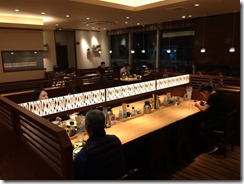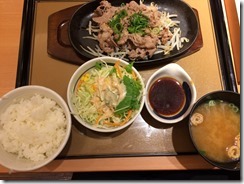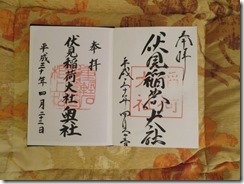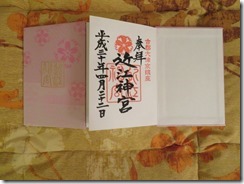We returned to the hotel quite late tonight, so photos will have to wait. Quite possibly a couple of days, since we fly home tomorrow night. (So soon!)
Subway stations in Tokyo (and, for that matter, other cities too) have long been identified by a code – a letter representing the train line it’s on, and a number for how many stations since the start of the line. For the aid of tourists, JR East in Tokyo – along with the minor private lines who weren’t already using numbers – also started using station codes starting from August 2016 – you can tell that it’s for tourists because the station code’s aren’t included in the Japanese “next station” announcements on trains, only the English announcements.
For the JR lines, the codes have two letters, a J (for JR) then a unique letter identifying the line, which is usually the first letter of the line name, but sometimes getting the right letter is as tricky as getting the two-letter US state codes. For example, the Yokohama loop line is JY. The Yokosuka Line is JO, because the Y has already been used (the Sobu Line shares the same code, since it’s connected through Toyko Station). The Yokohama Line winds up being JH (because JK is already the Keihin-Tohoku Line). The poor Tsurumi Line is JI, because every previous letter has been used (JT = Tokaido Line, JS = Shonan-Shinkuku Line, JU = Utsunomiya Line, JR = Japan Rail, the company, and JM = Musashino Line).
The Sagami Line, which we took way back on Day 3, doesn’t have letter codes at all, as with a number of other lines not actually in Tokyo Prefecture. Yet, I suppose. Neither does it have English announcements. It’s a fairly minor semi-rural line, mind. Single-tracked most of the way.
But I digress. Today we started with breakfast – the breakfast room here is a little bit more modest than some of our previous hotels.
Then we headed out for sightseeing. Today was our only day this trip that we’re actually spending in the Special 23 Wards of Tokyo – Mount Takao, from Day 3, is in the City of Hachioji in Tokyo Prefecture, and we had a brief visit to Tokyo Station on Day 4, but today’s the only day we actually spent all day sightseeing in the city.
Though first we started by heading the wrong way – in the scramble to find the right platform and get on the train, I neglected to read the destination board as closely as I ought, and we managed to board just in time for the train to pull out the wrong way. At the next station, the train we needed to catch back pulled out just as we pulled in, so we had to wait for the next one. Back Chiba once more, we hopped onto the Soba Line (Rapid) for Tokyo, changing to the Sobu Line (Local) a few stops before so we could go direct to our first sightseeing destination: Akihabara.
I mentioned on Day 2 that Nokogiriyama was the first time I’d returned to a place I’d already visited in Japan, but apparently I’d clean forgotten that I visited Akihabara in both of my previous two trips. Today I made it three-for-three. I can’t seem to help it – Akihabara is just the quintessential Japan; nothing even remotely similar exists in Australia.
First thing first, we headed to a place called Takemura for some morning tea. I visited this place on my last trip, but on that particular day it happened to be closed – it was open today. To recap, Takemura, a traditional Japanese sweets shop, in a traditional Japanese building. Mostly I’d heard of this place because it serves as the home of the main character in an anime series called Love Live, but once I’d seen it, I knew I had to visit it anyway.
I’d heard it’s usually completely packed by fans of Love Live, but I guess the fuss has died down a bit, because besides us and another trio of visitors, the place was empty. I decided to have kuzumochi – mochi covered with brown sugar syrup and roast soybean flour – while James had shiruko – mochi in red bean soup. Quite tasty. We also got a kind of tea made from a pickled sakura flower. And also regular tea.
Then we headed back to Akihabara. Mostly we wanted to go shopping for a bit, so we parted ways to wander around on our own. I went to get a t-shirt I’d seen on my last visit but didn’t buy for some reason, then popped into a bookshop for some manga magazines. Then I tried to find a figurine – I don’t usually do figurines, but this one was a really cute one of a character in a series I quite enjoyed recently, so I thought I’d have a look at it. I asked at three shops if they had it, before the shopperson in the fourth shop pointed out it doesn’t actually get released until October. Now if the first shop had told me that… (On a side note, those phone-book-sized tomes in the first image here are train timetables, as sold in the bookshop. And those are just Tokyo, not all Japan.)
We met up again and went to grab some lunch from a place doing gyudon and similar dishes, except that it specialised in the “stamina” versions of them. James had ginger pork, while I had unspecified meat with miso sauce. Both came with a raw egg to put on top, and a bowl of miso soup, and there were piles of condiments we could add in too, like mayonnaise and sauces and minced garlic.
After lunch, we returned to the station and hopped onto the Chuo Line for our next destination: Sendagaya Station. First target, Hatonomori Hachiman-gu, just to the south of the station, as a Hachiman Shrine, it enshrines Hachiman, a syncretic divinity of archery and war which combines elements from both Shinto and Buddhism. The Hachiman shrines are the second-most common type of shrine in Japan, after the Inari shrines.
But the main drawcard that attracted my attention is that the shrine grounds include a Fujizaka, a miniature version of Mount Fuji that mountain worshippers can climb which (somehow) conveys the same spiritual benefit upon the worshipper that climbing the real Mount Fuji does, despite being only about six metres tall. It’s supposedly the oldest Fujizaka in Tokyo, and is built using actual stones taken from the real Fuji. Or so I’ve heard. Quite a nice view of the shrine grounds from the top, though.
Once we were done there, we headed over the railway lines to Shinjuku Gyoen National Park. Originally constructed as a garden for the daimyo Naito in 1772, it became an agricultural experimental station after the Meiji Restoration, before becoming an Imperial garden in 1906, then opened to the public in 1949. It contains a Japanese traditional garden, a French formal garden, and an English landscape garden. It’s only two hundred yen to enter, which is pretty cheap.
The anime movie The Garden of Words by Makoto Shinkai is primarily set in the Japanese section of the garden, which (I think) is what first drew my attention to this place, so we headed over to see the Japanese section first. It was quite serene (aside from the helicopter hovering nearby), with ponds and bridges, and a Taiwanese-style pavilion.
Sadly, time passed faster than we’d expected, and they soon announced over the loudspeakers that the park would be closing soon, so we decided to brisk-walk through the English section and see the French section. The English section was basically just like Centennial Park, only with more “time to go now” music playing over the PA. The French section had a few roses blooming, but it seemed like it was too soon in the season for most.
As an added advantage to crossing the park, exiting from the Okido Gate on that side of the park put us near the next train station we’d need to enter – this time, we’d be taking the Tokyo Metro, Marunouchi Line. We hopped on board, then hopped off again a few stops later, in Akasaka. The platforms seemed to be a long way underground, and interestingly, the down-line trains stop above the up-line trains.
Once on the surface, we headed to see a nearby shrine, but because I hadn’t realised that that map I was looking at in the station was upside-down, we headed south instead of north, and wound up at a different nearby shrine, Hie Jinja. Since it turned out to be extremely pretty, I guess that was a fortuitous mishap. One side of the shrine was an Inari shrine, and it had a long narrow staircase with torii gates all the way up. Tragically, we arrived too late to get a goshuin, but we had a poke around the place all the same.
After that, we headed for the shrine I’d actually intended to visit, heading there down the back streets. The Akasaka area in general appears on my list of places I’d like to visit in Japan, but I neglected to make a note of exactly why. The moment I stepped onto the back streets, I discovered why. Very pretty.
Soon, we arrived at Toyokawa Inari Tokyo Betsuin. Now, I’ve been calling it a shrine, and it’s the absolute spitting image of an Inari shrine (it’s even included in the name) but this place is actually a Buddhist temple, enshrining Toyokawa Dakini-Shinten. Actually, that bit seems to be a little bit of a legal fiction, avoiding the forced separation of Buddhism and Shinto during the Meiji era by going “We’re absolutely a Buddhist temple – we don’t worship that fox, it’s the woman riding on top”. It largely lacked the long tunnels of torii gates, but it was certainly packed with fox statues (many of which looked quite a bit like dogs) and red flags. And surprisingly, though it was past 6pm, I was still able to get a goshuin.
As the sun was setting and it was getting harder to sightsee any more, we decided to head for dinner. Tonight’s dinner was pre-booked for 7:15, because apparently 7:00 was too crowded, but we arrived at 6:45 and were shown right in.
Why did we pre-book? Because tonight ate at Ninja Akasaka, the full-on ninja-themed restaurant. To get in, we were taken down a wood-panelled hall, up and down stairs, past a fountain, over a drawbridge, before arriving on what looked like a street lined with little houses. We were shown into one. Sadly, we weren’t allowed to take photos for this section.
This restaurant has a whole pile of pre-set multi-course meals, and as part of the booking procedure, we were required to pre-specify what one we wanted, so we chose the shabu-shabu meal. We had deep-fried burdock strips, ninja-star grissini (with pâté), white fish and tomato ceviche, and turban shell bombs (which came with a fuse that our waitress lit, setting off a miniature explosion, which sadly I didn’t quite see because I was trying to take a photo of it).
Then came the main course, the shabu-shabu. Basically we get a tray of thin-sliced raw beef, which we dip into a ring-shaped pan of boiling kombu stock and swish around (“shabu-shabu”) for a few seconds. Then we dip it into either sesame sauce or ponzu sauce and eat it. First we had to grind our own sesame seeds for the sauce, mind. Extremely tasty, either way. Also came with greens and ninja-star buckweat dumplings.
Before the next course, the Ninja Master came in to perform some magic tricks for us (no photos allowed for this segment) – both of us thought that perhaps he was standing too close to us, because we could pretty much see how he was pulling off the tricks. He did it pretty smoothly, though.
Afterwards, we had a plate with the sushi of the season, and dessert, which was extremely intricate – a frog made from cheesecake wearing a wasabi leaf hat, and a biscuit bonsai tree in a pot filled with ice cream “dirt” (in vanilla, green tea and black sesame flavours).
I confess it felt a little like our waitress was rushing us at some point, bringing the next course almost before we’d finished the last, but by the time it came to pay the bill, we’d actually been there for close to two hours. We paid up, headed back to the subway station and caught the Metro back to Shimbashi, where we changed to the Sobu Line (Rapid) for Chiba.
Tragically, it’s time for us to head home tomorrow. Kinda feels like we’ve been here a long time, yet it’s still over far too soon. I’ve booked an evening flight again this trip, so we’ve got most of tomorrow to sightsee. Plus, I’ve deliberately picked a hotel in Chiba so that we can get to Narita more cheaply and faster – our JR Passes expired at the end of today.
Today’s photo count: Six hundred and forty-six
Today’s pedometer count: 18,420 steps, for 13.1km
Today’s goshuin count: Three – two at Hatonomori Hachiman-gu (one for the shrine itself and one for the Fujizaka, and the first includes a blue stamp, which I’ve never seen before) and Toyokawa Inari Tokyo Betsuin.
Today’s stamp count: Just one, Sendagaya Station.

